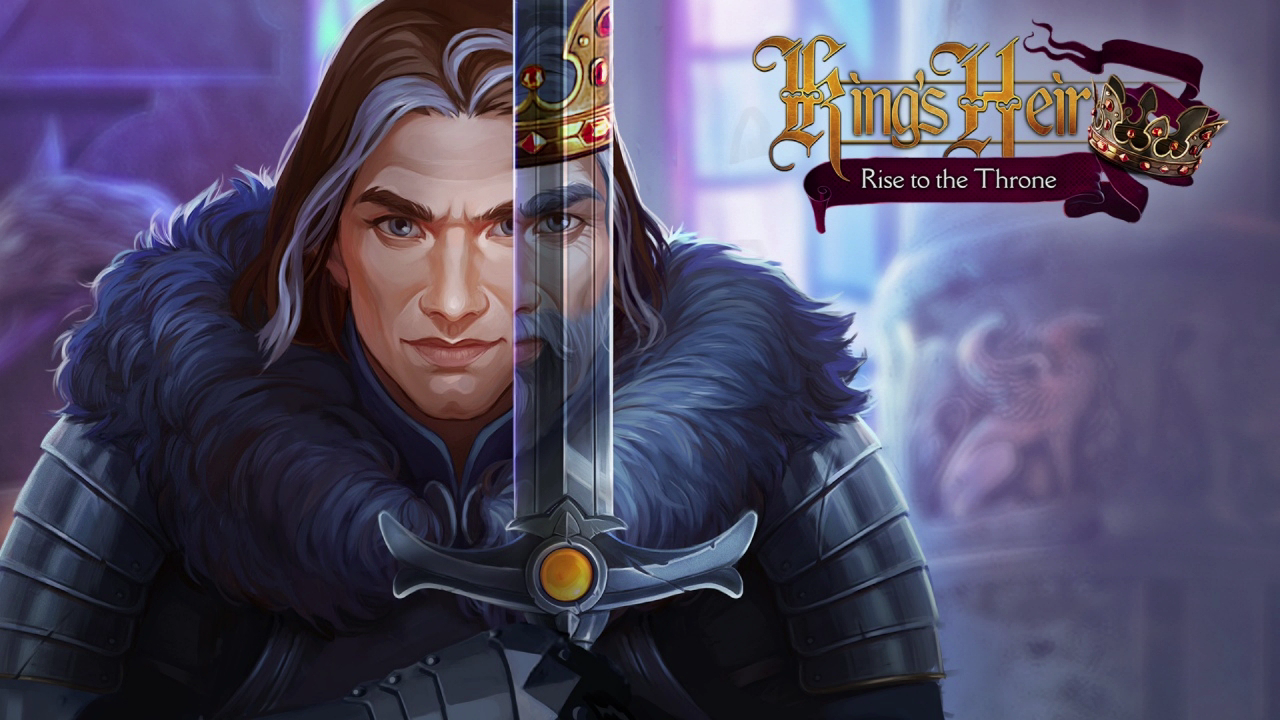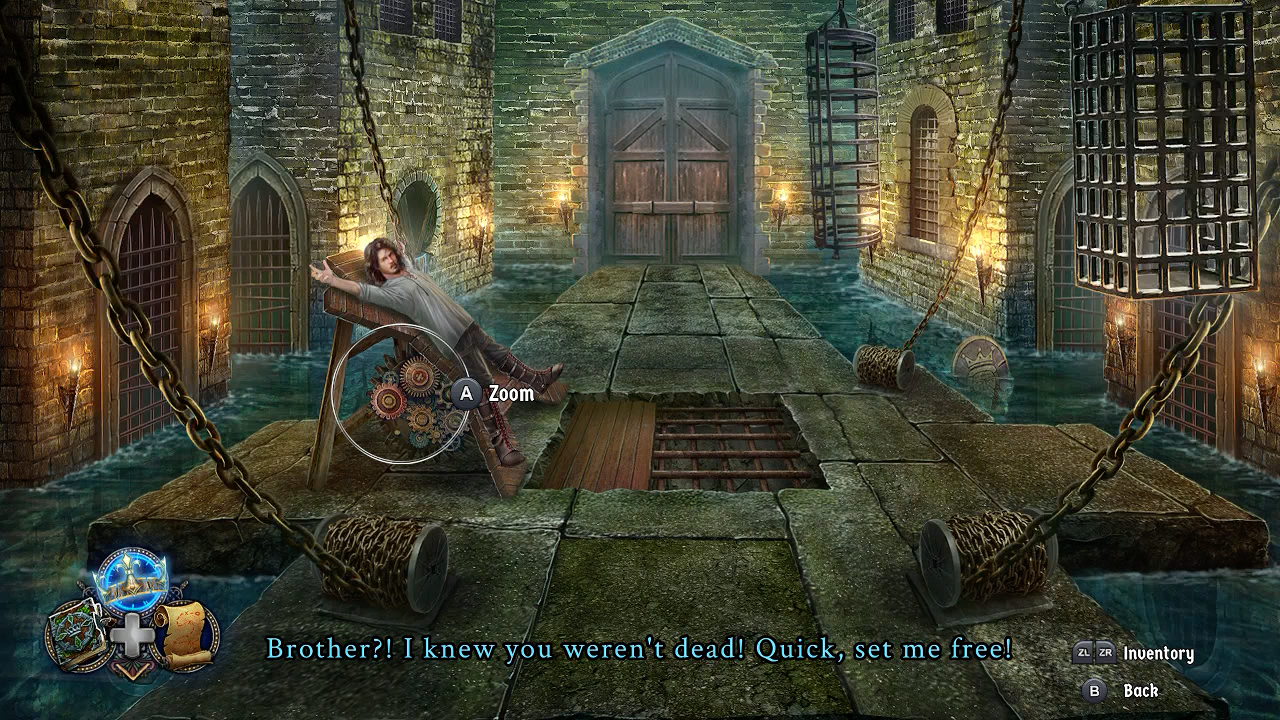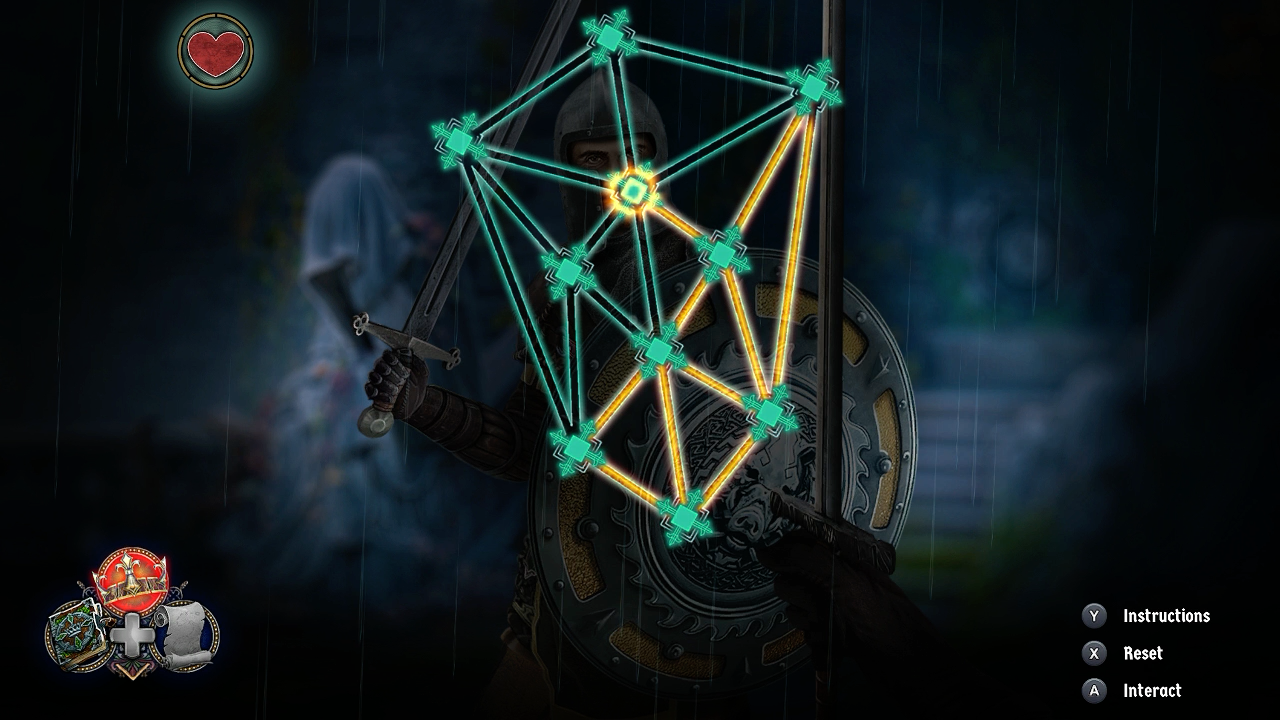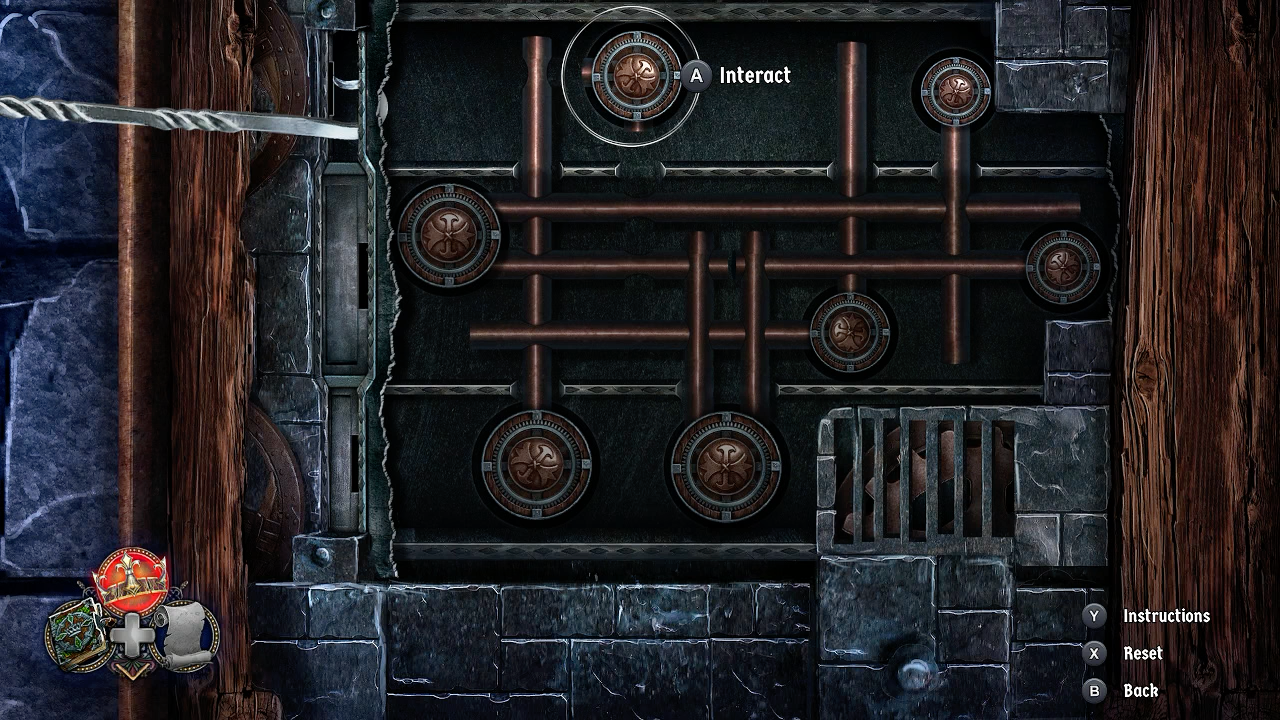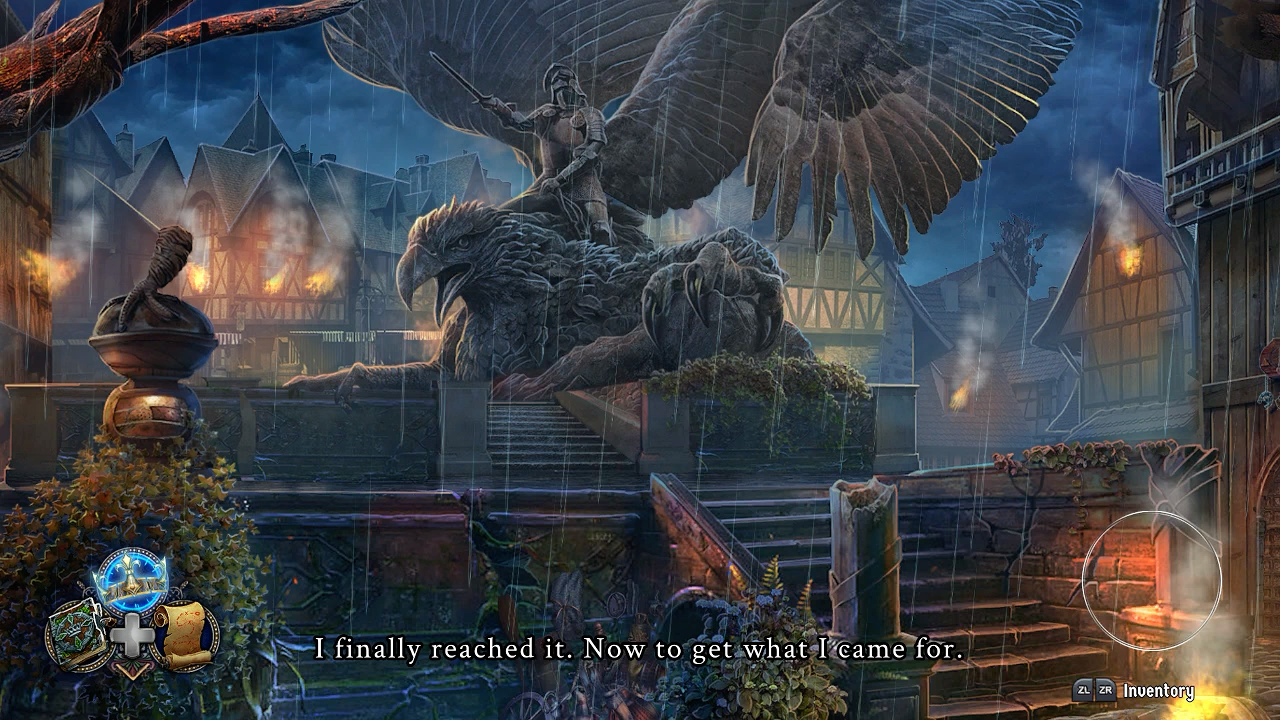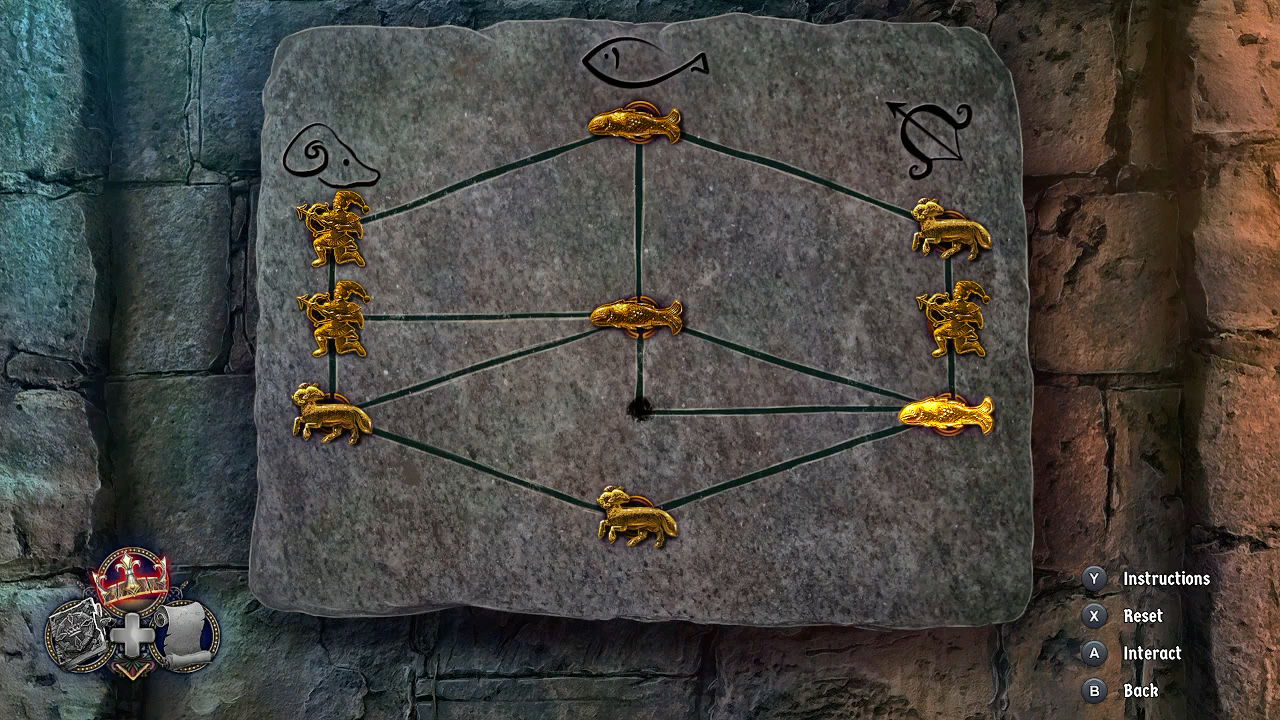There is a prolific publisher-developer known as Artifex Mundi and they specialize in a particular kind of videogame: the Hidden Object Game. In a Hidden Object Game, I am challenged with navigating a collection of lavishly-painted landscapes while following a story that links each image together. By using a cursor to examine every inch of an image, I discover smaller scenes I can zoom in on and objects I can pick up. I need these objects to solve puzzles that will open doors and paths between each image, allowing me to advance the story to its conclusion.
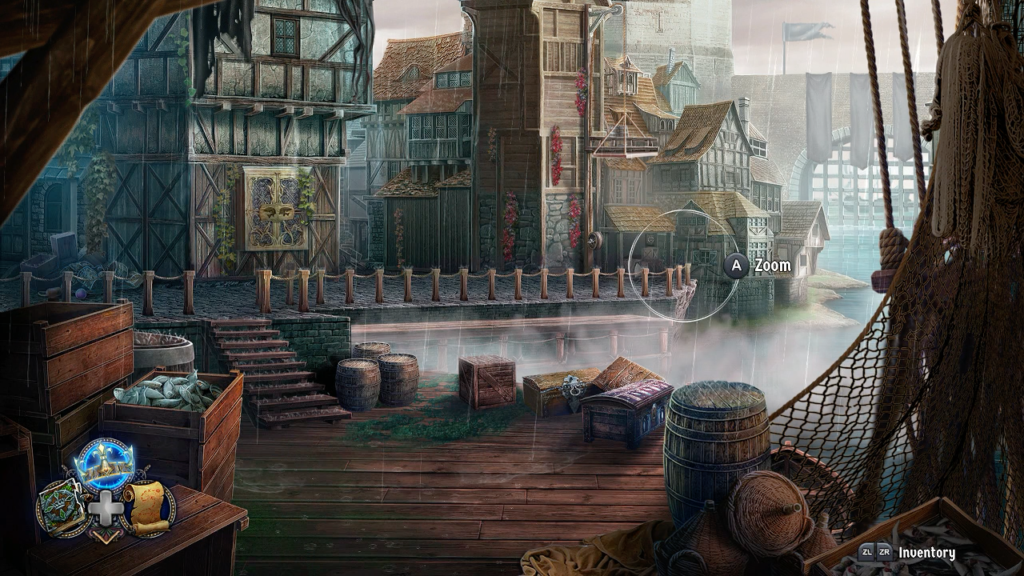
At the time of this writing, there are over forty Hidden Object Games to choose from on nearly every platform covering a swath of storytelling genres. There’s King’s Heir: Rise to the Throne, a medieval fantasy drama about a succession crisis following the death of a king. In Modern Tales: Age of Invention, a brilliant inventor’s daughter investigates the disappearance of the world’s greatest scientists at the 1900 Paris World Fair. Uncharted Tides: Port Royal is a swashbuckling adventure about cursed ships and pirate ghosts.
Admittedly, Hidden Object Games as a whole can lean too hard on enterprising young adults investigating the deaths or disappearances of their neglectful parents, but the familiarity is part of the charm. There’s not often many surprises when breaking into one of these plots. I know, or at least strongly suspect, what I’m getting into in advance, and it can be exactly what I’m looking for when I’m in the right mood.
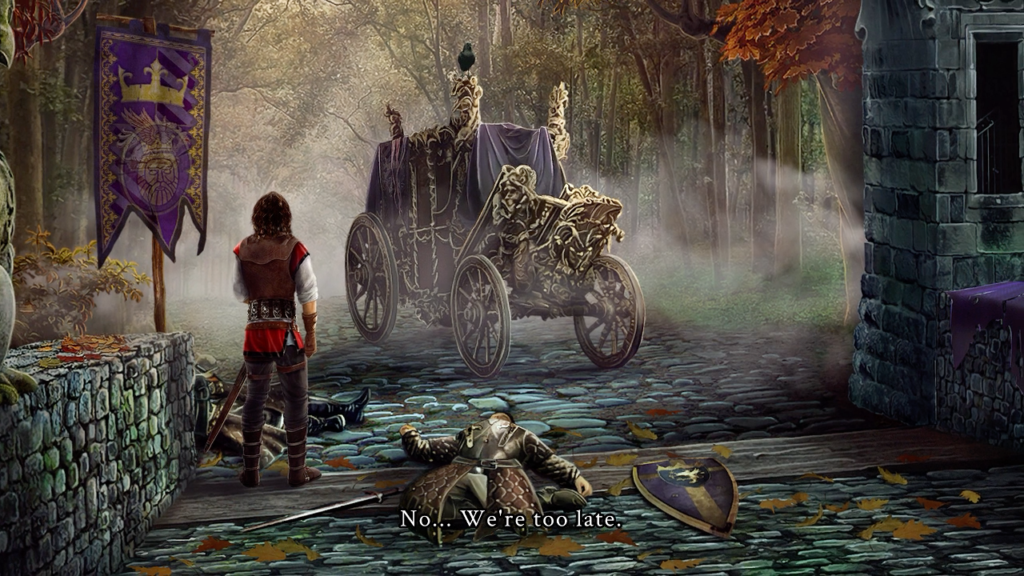
When I embarked on my first Hidden Object Game, I was reminded most of the narrative-driven adventure videogames that had a golden age on PCs in the 1990s, videogames like Indiana Jones and the Fate of Atlantis or The Dig. I watched a short introductory cutscene that established the setting and the conflict, then was set loose in an environment built out of pre-rendered backdrops to solve puzzles and advance the plot. The more time I spent playing this Hidden Object Game the more I realized it was quite different from those genre classics.
The difference is mostly a matter of scale and degree. In Fate of Atlantis, I might take many hours over several days to follow the story of Indiana Jones and Sophia Hapgood all the way through. In a Hidden Object Game, I can expect the adventure to be over in two or three hours on a single evening. In The Dig, I might have Commander Lowe pick up an item and carry it around in his pockets for hours, plugging it into every figurative keyhole I can find to see if anything happens. In a Hidden Object Game, most items are used in the immediate area and its keyhole will usually have the item’s outline inscribed upon it.
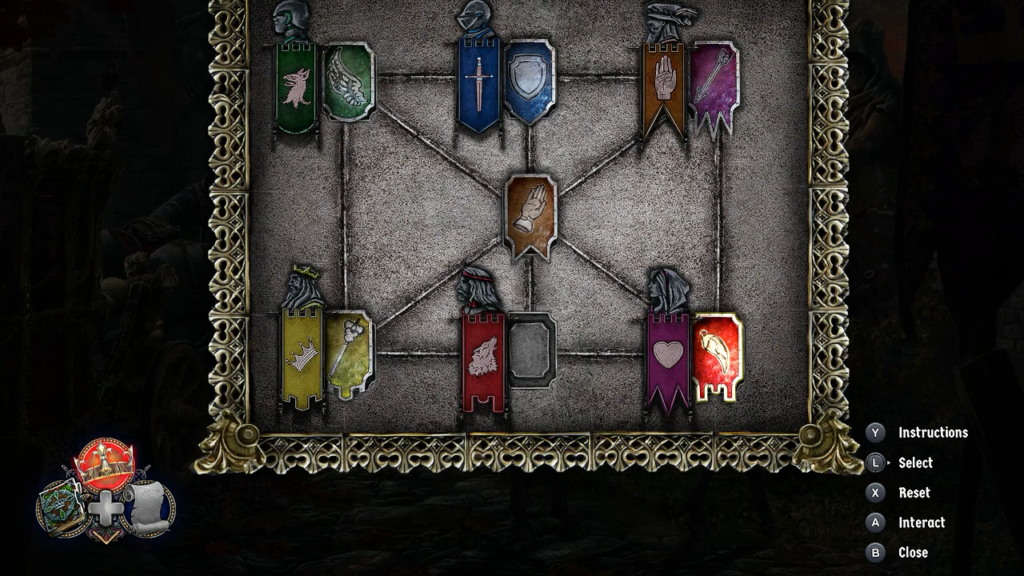
At other times I am presented with something more unconventional than an “insert key into lock”-style puzzle, and these are the moments Hidden Object Games are at their best. A mechanical contraption seals a door that will only open when I assemble a patriarch’s family tree in ascending order. It takes me a few tries to notice that the machine only reads the tree correctly if it is inserted in reverse-order. Keys on a piano must be played in the correct order to open a secret door, and the combination is hidden elsewhere in the manor. Numbers are written on fuses and must be inserted into a fuse box fixed with math symbols. The fuse box will only work if the numbers and the symbols equal an exact number. These puzzles are unlikely to keep me stuck for hours, but they are reminiscent of adventure videogame classics and I enjoy solving them.
Then, of course, there are the puzzles from which the entire genre derives its name. Three or four times during a Hidden Object Game I will fling open a door or investigate a secluded corner and find a space cluttered with dozens of objects. I am then presented with a list. This list might be filled with words, or images captured in silhouette, but I’m expected to find every object on that list to solve the “puzzle.” Invariably some random object in that pile of junk will be a puzzle piece key to advancing the plot.
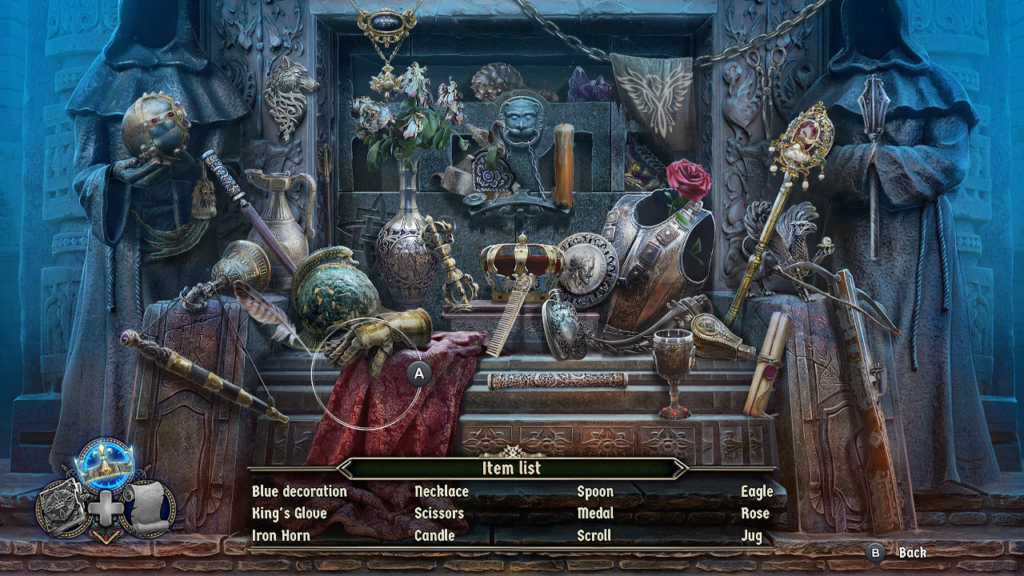
Hidden Object Games want to be finished quickly. They don’t want me to be stuck. On their default Casual mode, I can activate a Hint button which will highlight the solution to a puzzle if I am stuck. There are also exclamation points placed on the map which point to where the next unsolved puzzle may be found. These niceties cut down on aimless wandering and brute force puzzle solving. Or if I prefer, I may play on Expert mode, which reduces the speed the hint system refreshes and hides the map exclamation points entirely. There’s a nice compromise between these two systems, with one respecting my time and the other respecting my intelligence. I only have to decide which I prefer more that evening.
If there is a downside to Hidden Object Games, it’s in the production values. By the standards of videogame development, these are made fast and cheap. This doesn’t mean they look bad; the landscapes are often quite nice to look at, rendered in high definition using a variety of color palettes. The art direction is strong.
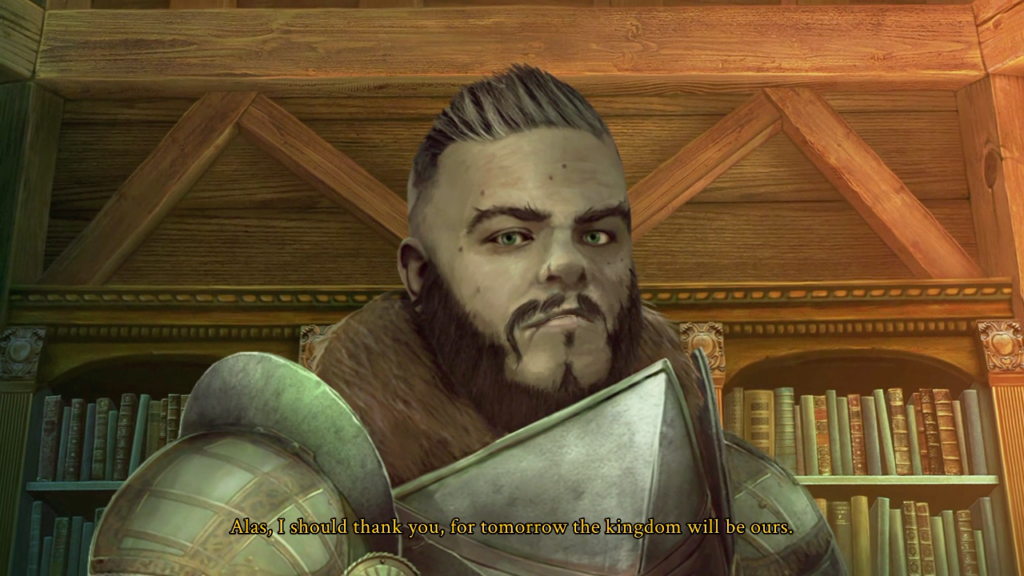
It’s when the art is animated that things fall apart. Static images slide back and forth to create an unconvincing illusion of motion. Speaking characters are truly horrific, a competent and affordable actor’s voice emerging from lips that stretch and contort in a mockery of human speech. That the character’s torso, limbs, and hair remain completely motionless makes the illusion all the more horrifying.
The limited animation is a necessary consequence of production realities. Like the formulaic and predictable storylines it can even become part of a Hidden Objects Game’s charm, but they make a horrible first impression. It’s difficult to sell these videogames to a skeptical audience with trailers alone. They’re cheap, and they look the part.
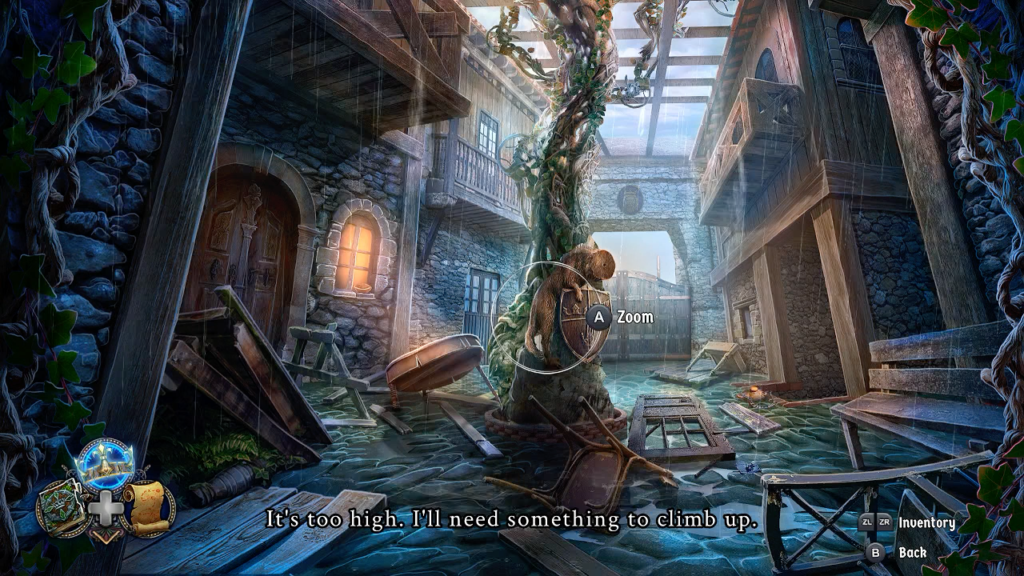
I enjoy Artifex Mundi’s Hidden Object Games. I think they’re fun, bite-sized throwbacks to the plot-and-puzzle-driven adventure videogames of the 1990s. I will not burden myself with writing an individual review for every one I finish. The sheer quantity and speed with which they are produced necessitates a certain formula and industrialized approach to their design. Each review would, in broad strokes, repeat what you have just read.
Instead, I will let this generalized review stand for the Hidden Object Game genre as a whole. After I finish each videogame, I will add a brief description of the title and what makes it unique to the bottom of this page.
King’s Heir: Rise to the Throne tells the story of two brothers caught up in a royal coup attempt. The power-hungry Queen has assassinated the King and framed Edmund and Randall Ulmer, the sons of an influential nobleman, for the crime. The situation is complicated when it is discovered that Randall is actually the King’s bastard grandson and heir to the vacated throne. I play as Edmund and must help Randall unravel the conspiracy and prove his right to be King over the murderous Queen.
King’s Heir seems somewhat grounded in royal political drama until its final areas when it suddenly introduces fantasy and magic to the setting. While sudden, it leads to a funny end to the Queen and satisfying conclusion to Randall’s ascension.
As a medieval setting starring royals, nobles, and knights, there’s a fair bit of swordplay involved in King’s Heir. These fights are counterintuitively presented as line puzzles. A shape appears on screen created from interconnected squares and triangles. I win the “sword fight” by drawing lines along the perimeter of every square and triangle without passing over a line twice. These puzzles don’t make any sense contextually—maybe they represent the path of Edmund’s sword swings?—but it’s a strong basis to create many similar puzzles without them becoming boring.
There is also a bonus episode about capturing the Queen’s oafish brother following the coup. It is not nearly as well thought-out as the base videogame and is easily finished in about a half-hour. It feels rushed and unnecessary. On the other hand, a puzzle involving lining up goats, fish, and hunters was the toughest brain teaser I encountered in the whole package.
The base videogame is as competent as a Hidden Objects Game can be. The bonus chapter is extraneous and skippable, single challenging puzzle aside.
